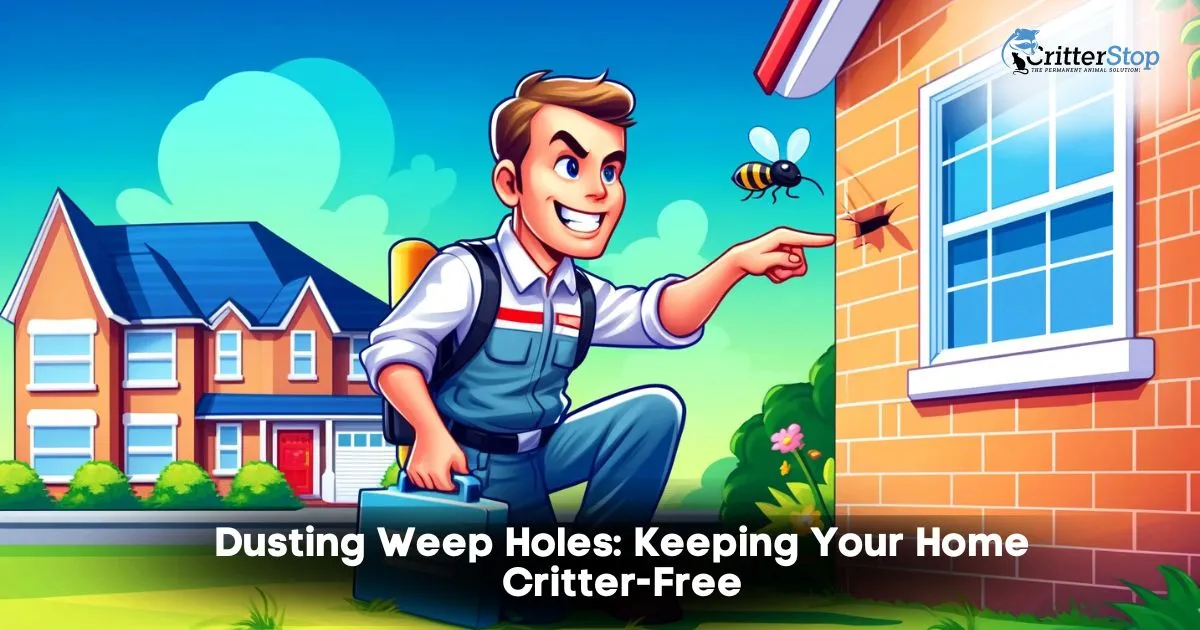
Weep holes play a crucial role in maintaining the integrity of various structures, particularly in masonry and concrete work. Small openings allow water to escape from walls, preventing moisture buildup that can lead to severe damage. Understanding weep holes can help homeowners and builders safeguard their properties against water-related issues.
Weep holes are essential in preventing water retention within walls, which can contribute to mold growth and structural deterioration. These openings are strategically placed to enhance drainage and ensure water does not compromise a building's stability.
Proper maintenance and installation of weep holes can greatly extend a structure's lifespan. Recognizing their significance is the first step in effective moisture management and building health.
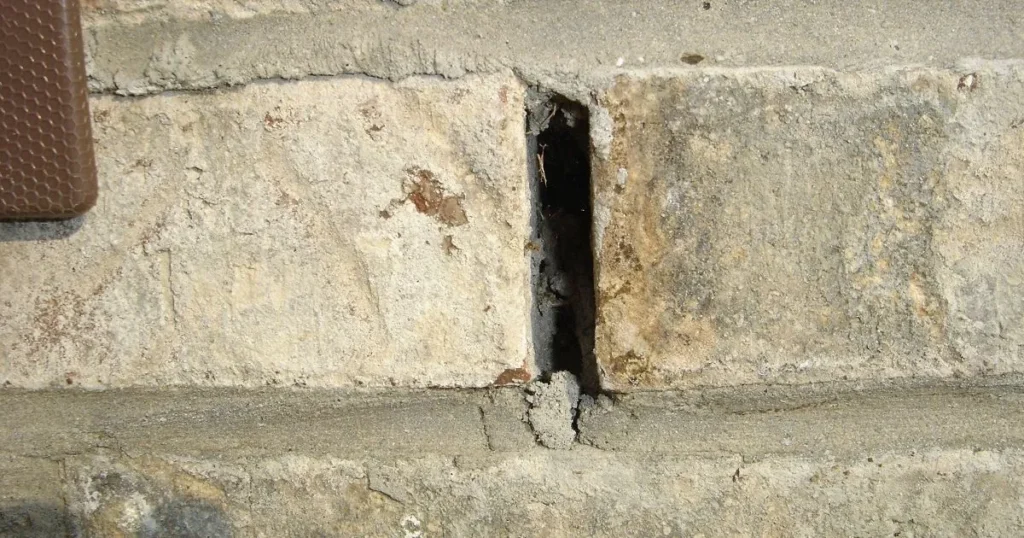
Maintaining weep holes is essential for preventing moisture buildup and ensuring proper drainage. Regular dusting helps remove debris that could obstruct these crucial drainage points, preserving their functionality.
Weep holes serve as drainage points in structures, allowing water to escape and preventing moisture buildup. They are typically found in masonry walls and foundation systems.
When improperly maintained, these openings can become blocked. This blockage can lead to severe issues such as mold growth, structural damage, and costly repairs.
Dusting weep holes ensures they remain clear from dirt and debris, facilitating efficient drainage. Using a crack and crevice cleaner can be effective in removing accumulated dust. Regular upkeep prolongs the weep holes' lifespan, supporting the overall integrity of the building.
Weep holes come in various designs tailored to construction needs and environmental conditions.
Some weep holes are simple openings, while others may feature screens to prevent insects and debris from entering. It is crucial to consider the design's suitability for the specific location.
Certain designs can enhance airflow alongside drainage, promoting quicker moisture evaporation. Understanding the variations helps homeowners choose the right maintenance approach.
Utilizing a dusting method appropriate for the design can optimize performance and ensure the weep holes function as intended.
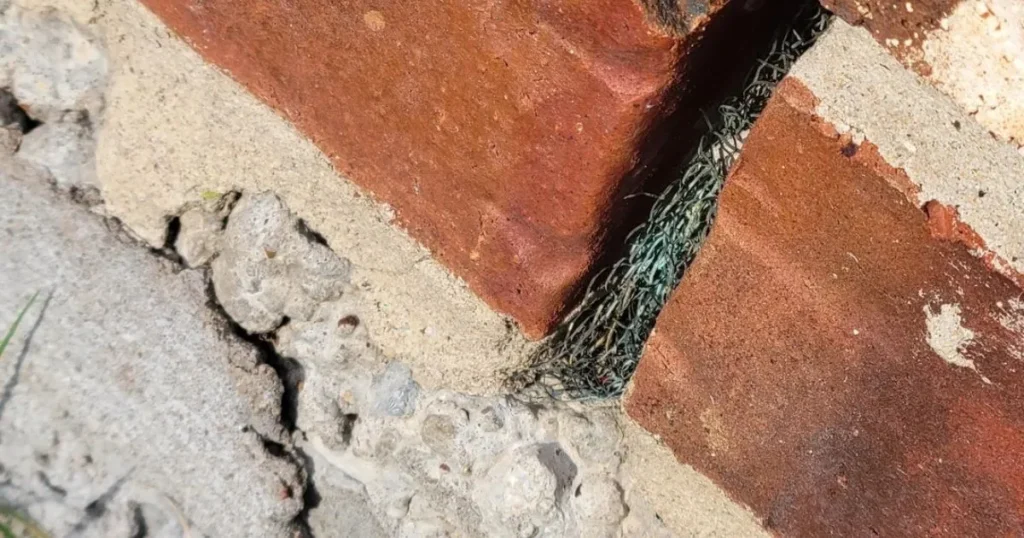
Proper installation and placement of weep holes are crucial for effective drainage and prevention of water damage. This section discusses the methodology, best practices, and challenges of weep hole installation.
Installing weep holes involves precise measurement and appropriate placement within wall structures. Depending on the wall height and moisture conditions, holes are typically spaced every 24 to 36 inches in horizontal runs.
Following these steps will help ensure that weep holes function as intended.
Implementation of weep holes should follow specific best practices to maximize efficiency.
Regular inspections and maintenance of weep holes can also prevent blockages and erosion, ensuring they perform optimally.
Several challenges that require attention can arise during the installation of weep holes.
Addressing these challenges early in the installation process aids in the long-term functionality of weep holes. Regular maintenance checks after installation can help identify issues and ensure effective drainage.
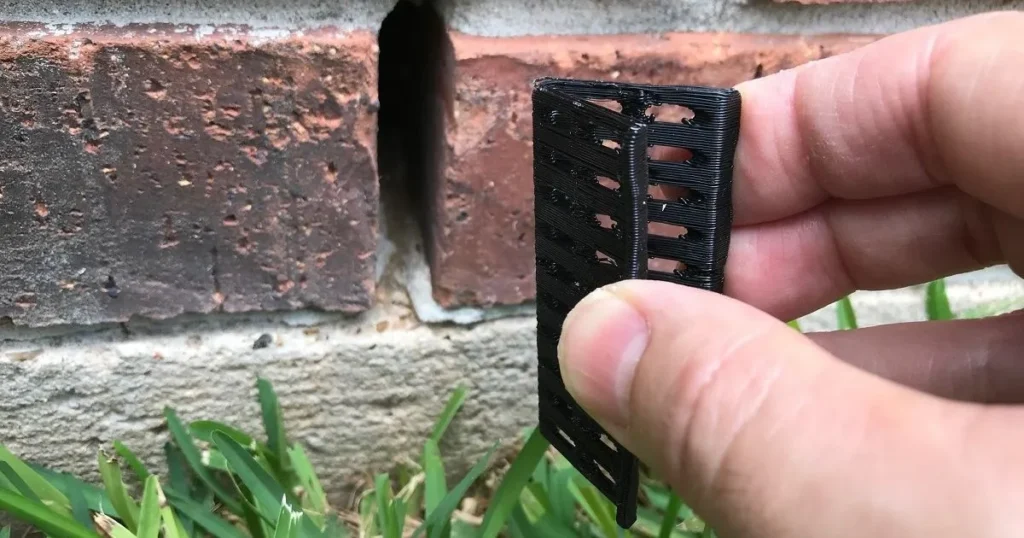
Cracks crevices treatment for weep holes involves systematic cleaning and maintenance to ensure proper drainage and prevent water damage. This process addresses accumulated debris and identifies potential issues contributing to the structure's longevity.
The treatment begins with clearing out the weep holes. A crack and crevice cleaner is ideal for this task. This cleaner can reach deep into narrow spaces to eliminate dirt and blockages.
Once the area is clear, a solution may be applied to prevent mold or mildew from forming. It is crucial to use a product specifically designed for exterior applications.
After treatment, ensuring the weep holes remain unobstructed is imperative for proper drainage. Regular checks and maintenance are necessary to avoid future issues.
Routine cleaning should occur twice a year, preferably in spring and fall. This schedule allows for regular monitoring of weep holes and their functionality.
Recommended tools include:
During cleaning, it is important to look for signs of wear or damage around the weep holes. If any cracks are found, they should be treated immediately to maintain structural integrity.
Identifying issues early can prevent extensive damage. Signs to watch for include:
These issues can indicate a blockage in the weep holes, necessitating immediate action. Regular inspections and proper use of the crack and crevice cleaner can help identify potential problems before they escalate. Maintaining vigilance helps extend the lifespan of the weep holes and the overall structure.
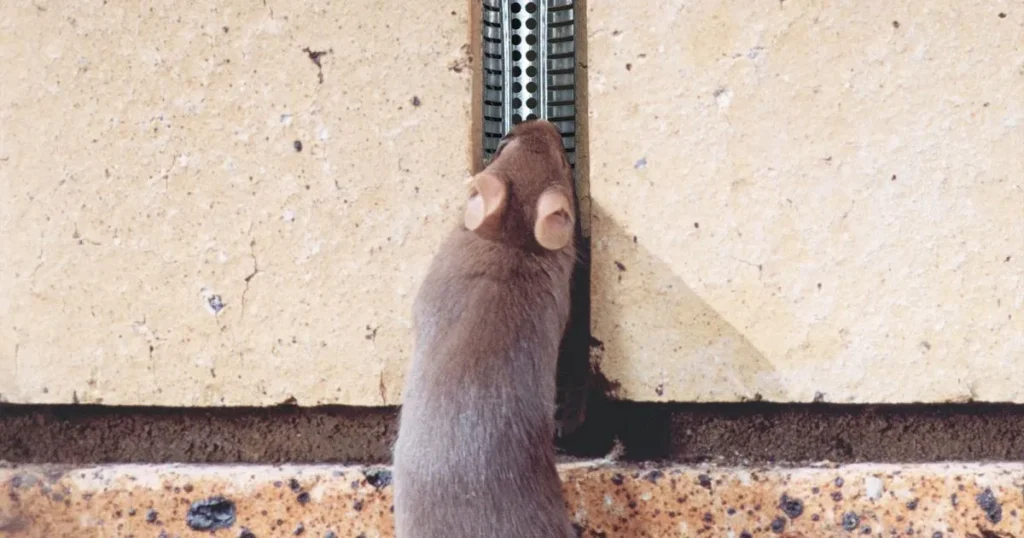
Recent innovations in weep hole design enhance functionality and longevity. These advancements aim to improve drainage while preventing pest infiltration.
Key Innovations:
These advancements improve structural integrity and address pest control concerns. For instance, Critter Stop, a professional humane wildlife removal company, emphasizes maintaining weep holes to prevent animal intrusion. They also state the need for proper drainage systems to deter pests, making the upkeep of weep holes a priority for property owners.
Critter Stop has a fantastic reputation and online customer reviews because it provides high-quality work and excellent customer service. For anyone experiencing issues with wildlife or pest removal, calling Critter Stop at (214) 234-2616 for a free inspection is a valuable step towards solving the problem.
Weep holes play a significant role in maintaining structural integrity and preventing moisture buildup in various applications. They are particularly important in retaining walls, window frames, PVC systems, and brick structures.
Weep holes in retaining walls allow water drainage that accumulates behind the wall. Providing an exit point for excess moisture they help prevent hydrostatic pressure, which can lead to cracking or structural failure.
Weep holes in window frames facilitate the drainage of water that may infiltrate the frame. This reduces the risk of water damage and rot, ultimately extending the life of the window unit.
Proper placement and sizing of weep holes in PVC piping systems are essential for optimal drainage. They should be located at low points to allow water to escape effectively, and regular maintenance using crack and crevice cleaners can help keep them clear.
Weep holes in brick structures provide ventilation and allow moisture to escape. By preventing water buildup, they reduce the risk of deterioration and extend the lifespan of the brickwork.
Common materials for weep hole covers include durable plastics, metals, or mesh that prevent debris while allowing water to flow through. Selecting resistant materials contributes to the longevity and effectiveness of the weep holes.
Fine mesh screens can effectively prevent pests from entering through weep holes. Regular inspections and cleaning with crack and crevice cleaners also help maintain accessibility without compromising pest control.
Visit our Critter Library and learn more about our furry friends